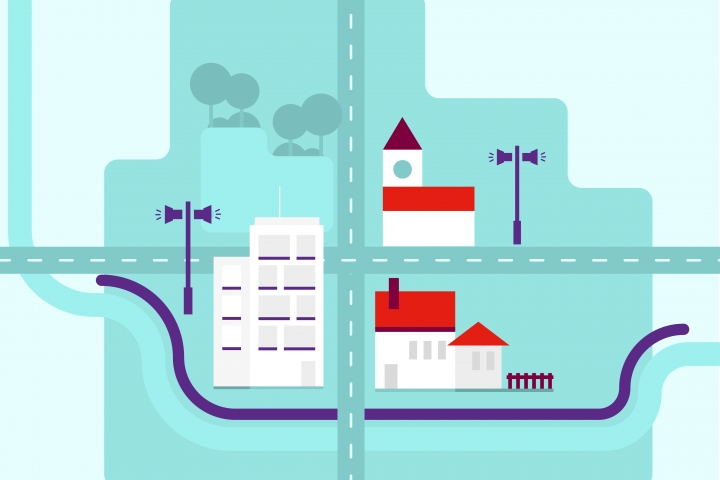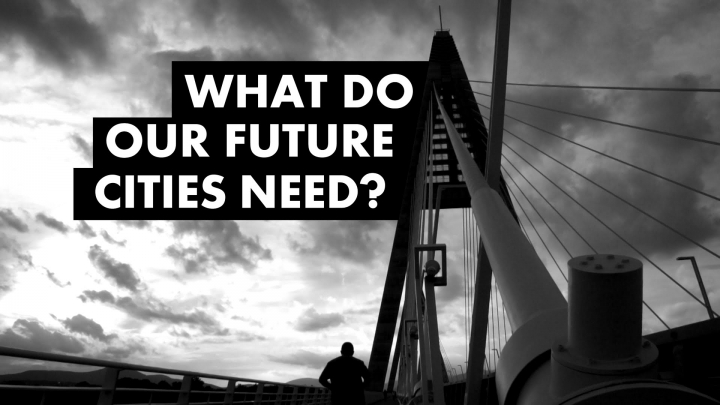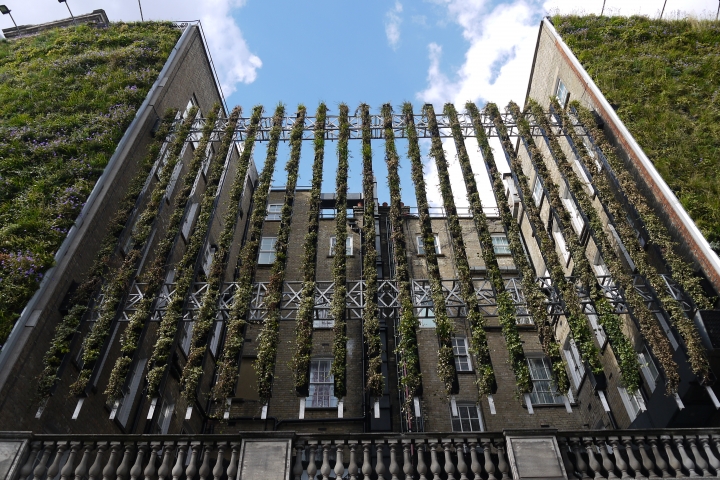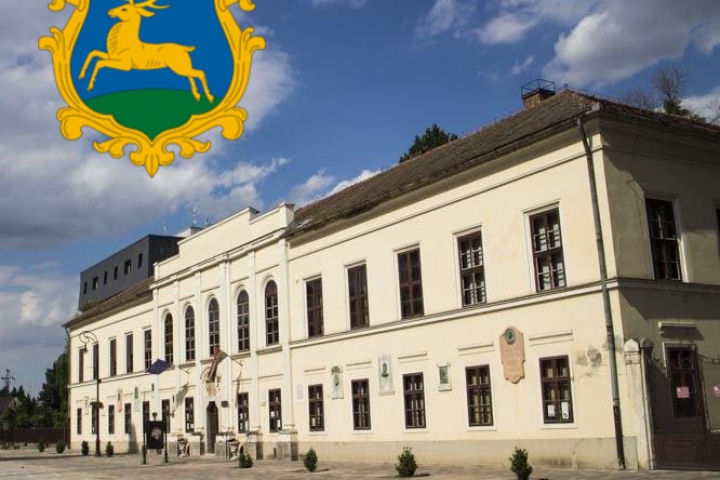Gyöngyös at the forefront of climate protection
Although theaverage temperature is rising year by year and the amount of summer precipitation is decreasing (while the intensity of rainfall is on the rise), Hungarian municipalities seem to be unprepared for the possible harmful consequences of climate change. Energiaklub and the town Gyöngyös have started a model project which aims at developing a ![]() useful climate strategy – involving all the stakeholders.
useful climate strategy – involving all the stakeholders.
There are only tentatives scenarios as to how an extremely dry summer would affect the life of a city, how a municipality can prepare for changed energy needs or maybe the security of supply being interrupted. One thing is certain: there is an urgent need for a longer term action plan. The aim of the climate change strategy is twofold: on the one hand, mitigation of climate change by sustainable settlement energy management measures, and on the other hand, preserving environmental quality, social living conditions, and adaptation to the changing climate.
The Energiaklub has been working on the climate change strategy in Gyöngyös in cooperation with the local municipality within the framework of the ‘Climate Guide’ - ‘Klímakalauz’ project since 2009. One of our main aims is that the strategy should not be created by the usual ‘desktop’ method but following a thorough data collection and with a wide social involvement. Therefore we have provided an opportunity to participate from the very beginning, organising the first forum to which we invited stakeholders in November 2009. In April 2010 we held yet another presentation of the process, showing the data collected so far in diagrams and inviting members of the audience to share their opinions.
When determining the aims we do not only take data into consideration but also the needs of stakeholders, so we collected characteristics that are especially important for Gyöngyös. Such things are the ‘channelling’ of Matra-bound tourists in order to protect unique natural treasures, modifying local transport opportunities so that pupils need not be taken to school by car, creating city bike roads or stopping the shrinking of green spaces. We were really happy that some of the companies participating in the forum also showed their own good examples how simple, practically zero investment energy efficiency measures – like turning off equipment for the night or optimizing the temperature of heating water – have provided spectacular results.
The target fields for the climate change strategy were determined at the forum: energy production and use, transport, agriculture, health, food supply, waste production, water use, tourism and town planning. The next task is to determine the order of priorities between these fields, the creation of specific aims tailored to Gyöngyös, and the set of conditions for realization these.

May 11, 2010.






